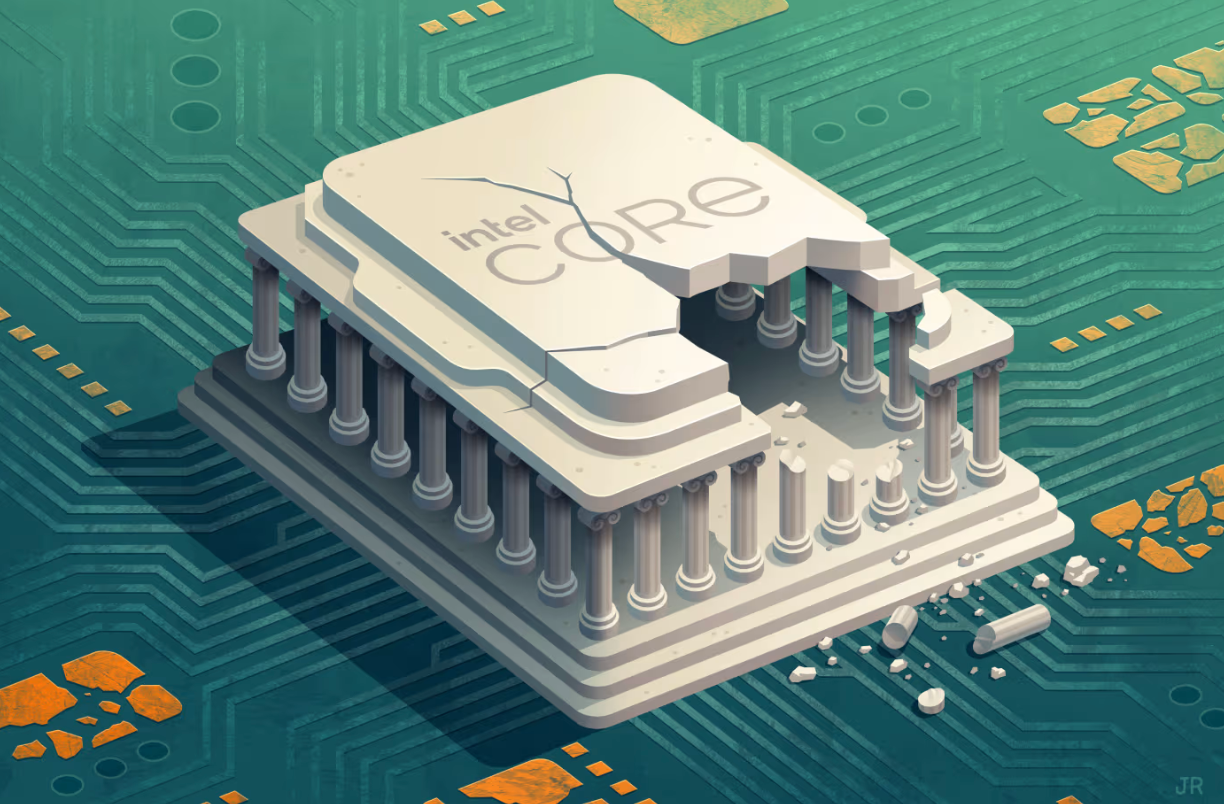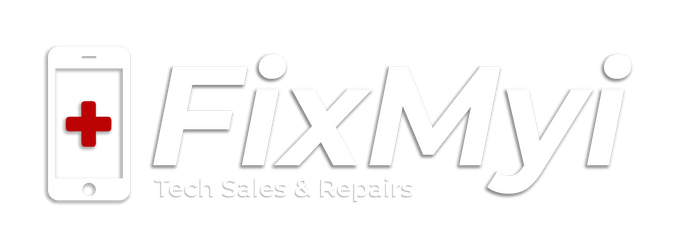
A Shifting Landscape for Intel
The tech industry is experiencing a seismic shift as Intel, once the unchallenged leader in CPUs and data-center chips, faces significant challenges. Competitors like AMD and Nvidia are rapidly gaining ground, while tech giants such as Amazon and Google are developing their own ARM-based processors. Let’s explore how these changes are reshaping the semiconductor industry and what they mean for Intel’s future.
AMD and Nvidia Steal the Spotlight
Intel’s dominance in data-center chips has been eclipsed by AMD, which has taken the lead in revenue within this critical segment. Meanwhile, Nvidia’s GPUs, vital for AI and machine-learning applications, continue to gain popularity. This shift signals a broader trend where traditional CPUs are being supplemented—or even replaced—by more specialized hardware.
The Rise of ARM-Based Chips
One of the biggest disruptions to Intel’s business model is the increasing adoption of ARM-based architectures. Major players like Amazon, Microsoft, and Google are now designing their own ARM-based chips, cutting reliance on Intel’s x86 architecture. These chips offer superior performance and energy efficiency for specific applications, making them a preferred choice in data centers and beyond.
Intel’s Efforts to Adapt
In response to these challenges, Intel has initiated a transformation of its manufacturing processes, aiming to regain a competitive edge. The company is investing heavily in new technologies and attempting to expand into areas like foundry services. However, despite these efforts, Intel recently reported a significant loss, raising concerns about its long-term viability.
What This Means for the Tech Industry
Intel’s struggles underscore a larger trend: the tech industry is moving towards more specialized and diversified solutions. As competitors innovate with GPUs and ARM-based chips, companies like AMD and Nvidia are setting new standards for performance and efficiency. This evolution is reshaping how businesses and consumers think about computing power.
Looking Ahead
Intel’s future hinges on its ability to innovate and adapt to this rapidly changing market. For consumers and businesses, this competition could mean better products and more affordable technology as companies vie for dominance.

Leave a comment